Disclaimer & Copyright Notices; Optimized for the MS Edge
Natural Resources of the Halifax County area
Soil & Water Conservation Society of Metro Halifax (SWCSMH)
Updated: September 27, 2017 
(cf. Nova Scotia Department of
Natural Resources. 1997. Managing Natural Resources on Crown Lands.
Central Region. IRM Report 97-1. 32p., map.)
Contents:
Overview
Crown lands within the Halifax Regional Municipality
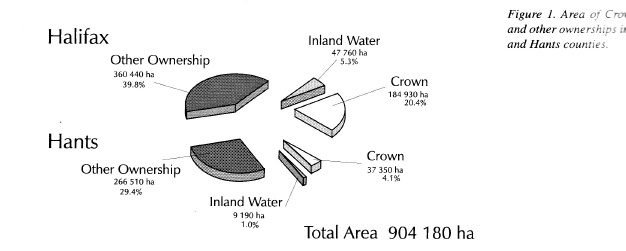
Excluding
watercourses. the total land area for Halifax County is 545,370 ha of
which 184,930 ha (33.9%) is Crown, and 360,440 ha is under other
ownership. Land under lakes, streams, and coastal waters are also Crown
lands.
Halifax and Hants counties
have 1,300 and 160 lakes respectively. Halifax County has 45,760
hectares of area covered by inland watercourses, while Hants has 9,190
ha. There are 18 rivers of various size that flow southward through
Halifax County. 12 rivers flow northward through Hants County into the
Bay of Fundy.
Wetlands are defined as land
that is saturated or covered with water long enough to promote
vegetation and biological activity which is adapted to a wet
environment. Types of wetlands include bog, fen, swamp, marsh, and
shallow open water. A wetland inventory in 1982 surveyed and rated
wetlands on a score of 37 to 108. The survey counted 7,300 wetlands in
the two counties and 400 wetlands scored (65+) in the good to best
categories.
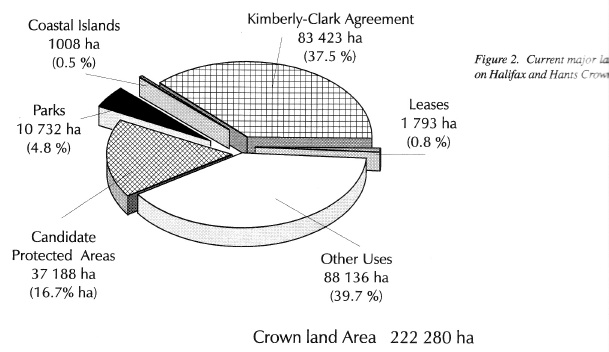
Coastal
areas have very important wildlife habitat and recreational values.
These values are further discussed in the Wildlife and Recreational
Resource Sectors.
By tracing along the many
inlets and headlands of Nova Scotia there is an amazing 7,500 km of
shoreline. The coastline of Halifax County has a wealth of major inlets
and coastal islands. Apart of sheltered inlets, the Atlantic Coast is
exposed, has high wave energy and colder water temperatures.
Parks and Recreation Resources

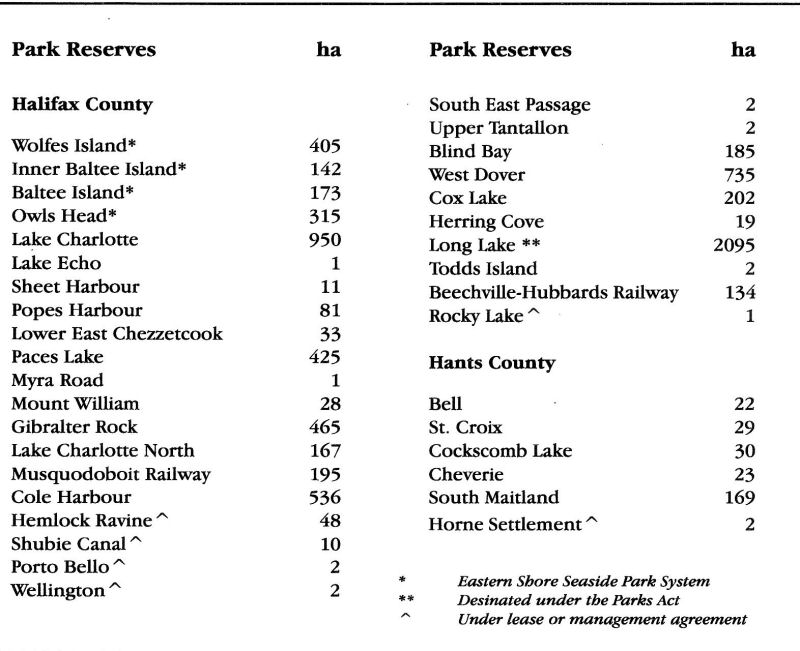
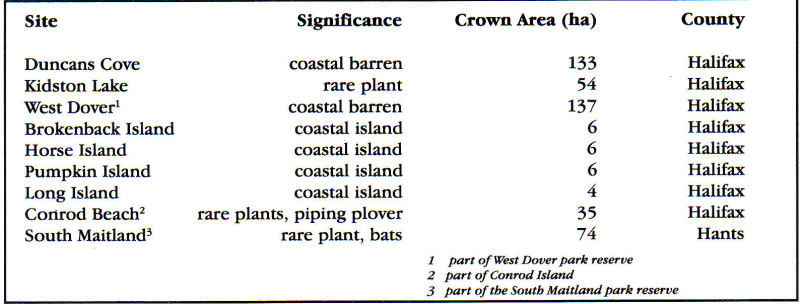
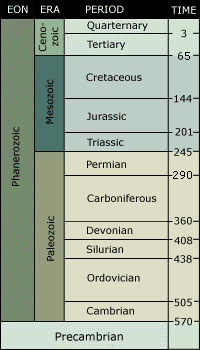
Mineral Resources
The geology underlying Halifax and Hants
counties spans almost a billion years of the earth's history. It
contains several bedrock types and surficial materials. The bedrock
types can be grouped into three main units: granites, metamorphic and
sedimentary rocks.
Granites:
There are two main bodies of granite known
as the South Mountain Batholith and Musquodoboit Batholith. The eastern
limb of the South Mountain Batholith stretches from the northwest
corner of Hants County to the southern tip of the Aspotogan Peninsula
and as far east as Halifax. The Musquodoboit Batholith occupies a strip
about 5 to 12 km wide in the central portion of Halifax County,
extending from Waverley to Sheet Harbour.
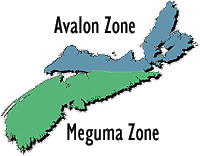
Metamorphic Rocks:
Metamorphosed sedimentary rocks underlie
most of Halifax County. They consist mainly of slate (Halifax
Formation) and sandstone (Goldenville Formation). These Meguma Group
rocks are mainly found throughout Halifax County east of Halifax and
Bedford, and surround the Musquodoboit Batholith. "Ironstones" and
slates of the Halifax Formation have been used to construct many of the
historical buildings in Halifax.
Sedimentary Rocks:
Sedimentary rocks occupy the lowland basins
in the northern and eastern portions of Hants and the Musquodoboit
Valley. These geological units mainly consist of gypsum, anhydrite,
limestone, sandstone, shale and minor amounts of salt, kaolin and
silica sand. In addition to these economic commodities, there are
mineral occurrences and deposits such as barite, lead, zinc, manganese,
iron, fluorite and silver.
Surficial Materials:
Most of Halifax and Hants counties are
covered by materials deposited by glaciers, during the last ice age.
These deposits generally range in thickness from 0 to 10 metres with
some hills (drumlins) up to 30 m thick. Sand, gravel and clay are the
main materials of economic significance associated with surficial
deposits.
Palaeontological Sites:
In 1989 the fossilized remains of a mastodon
was discovered in the gypsum quarry at East Milford. The fossils were
preserved in an ancient depression, called a sinkhole, that the animal
most likely fell into. Sinkhole occurrences are common in areas
underlain by gypsum and limestone. It is possible the similar
palaeontological discoveries may occur in the future.


We salute the Chebucto Community Net (CCN) of Halifax, Nova Scotia, Canada for hosting our web site, and we applaud its volunteers for their devotion in making `CCN' the best community net in the world




